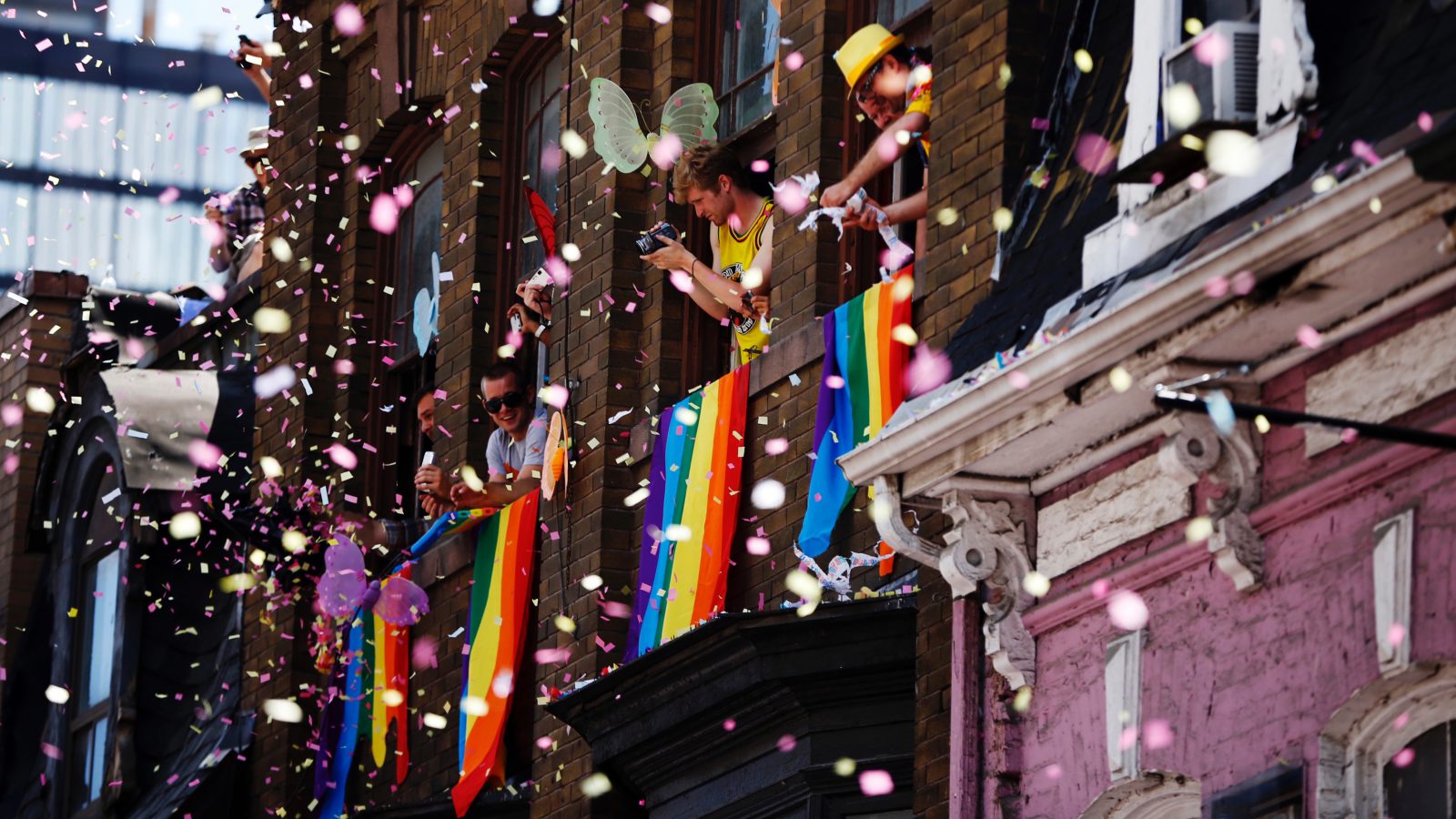There’s now a formal proposal for a rainbow flag emoji
When the US Supreme Court legalized same-sex marriage in June 2015, a rallying cry went up for a rainbow flag emoji to celebrate the occasion. Noah Slater, who identifies as a “queer trans feminist nerd,” emailed the Unicode consortium—the organization responsible for approving emoji—to say that “there is a clear need for a rainbow flag that unambiguously symbolizes queer pride.”


When the US Supreme Court legalized same-sex marriage in June 2015, a rallying cry went up for a rainbow flag emoji to celebrate the occasion. Noah Slater, who identifies as a “queer trans feminist nerd,” emailed the Unicode consortium—the organization responsible for approving emoji—to say that “there is a clear need for a rainbow flag that unambiguously symbolizes queer pride.”
More than a year later, that argument is gaining some traction. On Tuesday (July 19), Google software engineer Mark Davis—also the co-founder and current president of Unicode—submitted a formal proposal for a rainbow flag emoji. Davis urged the committee to design and release the flag before the Unicode 10.0 update, due to launch in mid-2017. “Because existing Unicode characters are used, vendors can begin design and implementation work now and can deploy before the end of 2016,” he wrote.
Davis is referring to the Zero Width Joiner (ZWJ) technique, which allows a sequence of emoji to be glued together to appear as a single emoji. A proposal to apply the ZWJ technique to the rainbow flag is outlined in his proposal:

Last week, the Unicode Technical Committee agreed to use the ZWJ method to alter the genders of a variety of professional emoji, an effort to address diversity complaints.
According to Emojipedia, the gay-pride flag features in the top 30 emoji requests collected on Facebook, Twitter, and Instagram.